Modern statue honors Galen of Bergama (Pergamum), 2nd century CE Greek physician/philosopher/surgeon
Identifying plant remedies for his pharmaceutical formulations numbers among Galen's many contributions to contributions.
Bergama, İzmir Province, western Anatolian peninsula, western Turkey: Bernard Gagnon (Bgag), CC BY SA 3.0, via Wikimedia Commons @ https://commons.wikimedia.org/wiki/File:Statue_of_Galen_of_Pergamon.jpg
Atropa belladonna, known commonly as belladonna or deadly nightshade, is a dangerous plant with beneficial and toxic qualities.
Historically Italian women used belladonna berry juice cosmetically for pupil dilation, which was considered seductive but which also could cause vision problems or blindness via prolonged use. As atropine, belladonna is still used today in Ophthalmology.
eye examination; portions of retina as seen through undilated pupil and dilated pupil: National Eye Institute, U.S. Government works, via National Eye Institute media library @ https://medialibrary.nei.nih.gov/media/3718; (former URL @ National Eye Institute/National Institutes of Health, CC BY 2.0, via Flickr @ https://www.flickr.com/photos/nationaleyeinstitute/7544457396/)
Pretty comfrey (Symphylum spp.) is popular in folk medicine and as cultivated or wild plant; US FDA banned its consumption because of dangerous amounts of naturally occurring alkaloids (hepatotoxic pyrrolizidine alkaloids) that may cause liver failure.
Famed remedies of common comfrey (Symphytum officinale) in European folk medicine accompanied the Old World's introduction into the New World.
Las Sołtysowicki (Sołtysowicki Forest), northeastern Wrocław, western Poland; Saturday, May 13, 2006, 13:10: Agnieszka Kwiecień (Nova), CC BY SA 3.0, via Wikimedia Commons @ https://commons.wikimedia.org/wiki/File:Symphytum_officinale_01.jpg
a plant with a dangerous beauty: berries, flowers, and foliage of deadly nightshade (Atropa belladonna), also known as belladonna
deadly nightshade flowers in late July: Poland, central Europe: Joozwa, CC BY SA 3.0, via Wikimedia Commons @ https://commons.wikimedia.org/wiki/File:Atropa_belladonna_flowers.JPG
San Pedro cactus (Echinopsis pachanoi) has been used in Andean Mountain regions for healing and religious divination for three millennia.
San Pedro cactus contains mescaline, naturally occurring alkaloid hallucinogen. Cultivation of San Pedro cactus in Australia, Canada, Germany, New Zealand, Norway, Sweden, and United States is legal as an ornamental but illegal for consumption.
driveway-lined San Pedro cacti; Freistaat Bayern (Free State of Bavaria), Luala‘ilua Hills, East Maui; Tuesday, March 20, 2007, 11:51: Forest & Kim Starr, CC BY 3.0, via Wikimedia Commons @ https://commons.wikimedia.org/wiki/File:Starr_070320-5796_Echinopsis_pachanoi.jpg


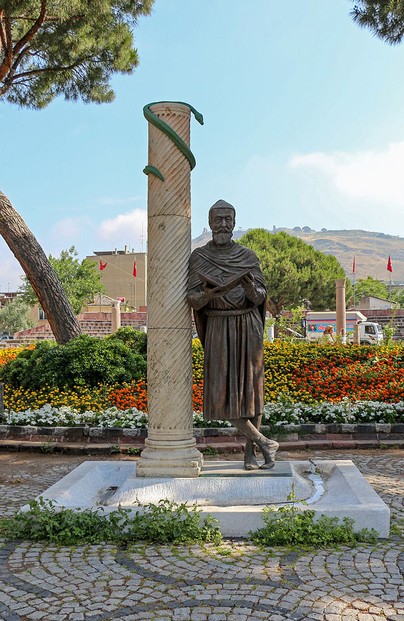

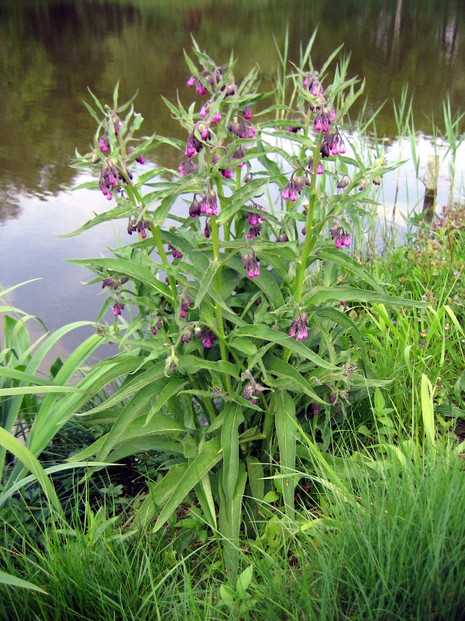
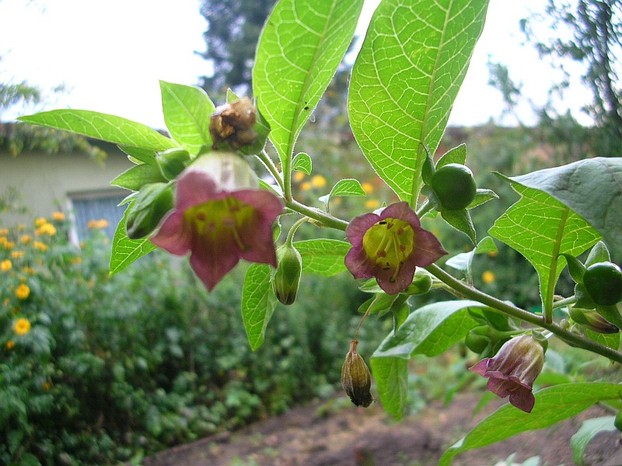
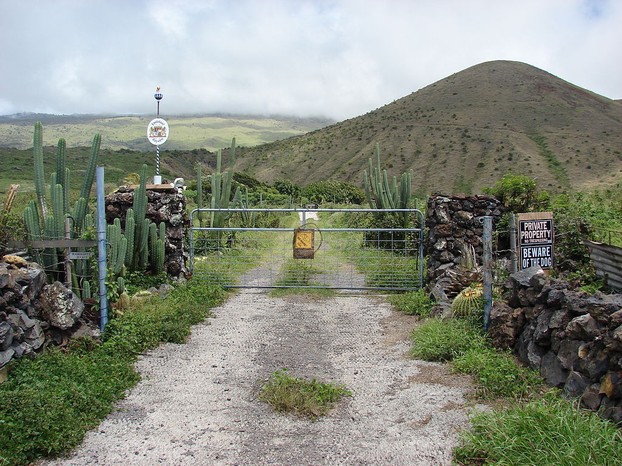




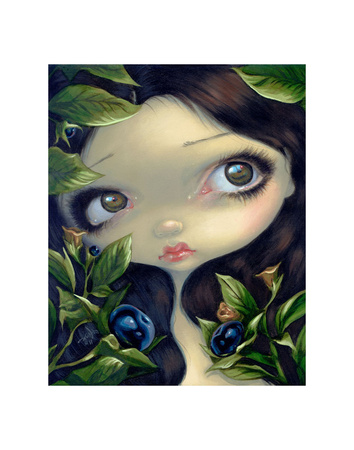

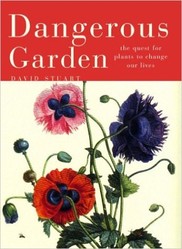

 Are Hawaiian Huakai Po Nightmarchers Avenging Halloween Thursday?on 10/02/2024
Are Hawaiian Huakai Po Nightmarchers Avenging Halloween Thursday?on 10/02/2024
 Mailing Addresses for 2023 Form 4868 Extending 1040 and 1040SR April 15, 2024, Due Dateon 04/15/2024
Mailing Addresses for 2023 Form 4868 Extending 1040 and 1040SR April 15, 2024, Due Dateon 04/15/2024
 Mailing Addresses for 2023 Forms 1040 and 1040SR Filed in 2024on 04/15/2024
Mailing Addresses for 2023 Forms 1040 and 1040SR Filed in 2024on 04/15/2024
 Mailing Addresses for 2022 Form 4868 Extending 1040 and 1040SR April 18, 2023, Due Dateon 04/13/2023
Mailing Addresses for 2022 Form 4868 Extending 1040 and 1040SR April 18, 2023, Due Dateon 04/13/2023

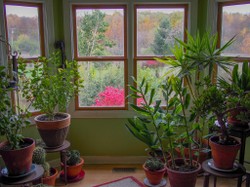
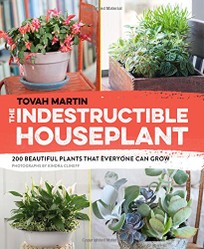
Comments
WriterArtist, Thank you for appreciating Dangerous Garden. It's a beautiful, excellent read that I consult a lot, frequently, often. It's a way of avoiding repetitions of the tragedy of plant misidentification that's the subject of Jon Krakauer's book Into the Wild and Sean Penn's subsequent film.
It is amazing to see how many plant species are poisonous. It takes quite some time to see the aftermath of certain plants, toxic levels can make the difference. Many of these poisonous plants can and are used in medicine but it is always good to know which plants are safe for the home garden. An eye opener, this book certainly is good to have for gardeners.
katiem2, Thank you for the visit and the appreciation of the book. I love my copy and refer to it all the time. Should you write another children's book about your redhead who likes herself, and if that book is about green roofs, then this would be an excellent resource on what NOT to have in her garden.
I sometimes wonder anytime I see a cat or dog chewing on plants out of doors. This is a practical bit of information, thank you for the careful research.
frankbeswick, Please accept my apologies for the delay ... and the misinformation.
The Food & Drug Administration, not the United States Department of Agriculture, in 2001, not 2007, advised against external and internal use of comfrey, respectively on open wounds and because of cancer and liver damage.
I don't seem to be able to access the advisory even though I have the source information: FDA. 2001. FDA advises dietary supplement manfacturers to remove comfrey products from the market. USFDA, Center for Food Safety and Applied Nutrition.
A 2005-released study -- Mutagenicity of comfrey (Symphytum Officinale) in rat liver, by N Mei, L. Guo, PP Fu, RH Heflich and T Chen -- in the British Journal of Cancer 92(5): 873-875 -- gives the FDA URL, which does not bring it up, at least for me.
The above-mentioned study likewise lists in its bibliography Rode, D. November 2002. Comfrey toxicity revisited. Trends in Pharmacological Sciences 23(11): 497-499. The latter notes that "The conclusion that comfrey is not safe for internal use in humans is primarily based on studies in which high levels of purified PAs [pyrrolizidine alkaloids] were administered to rodents.Systematic toxicity testing or clinical trials have not been performed. Although PA poisoning in humans can occur, this is most commonly a consequence of consumption of plants other than comfrey." She suggests that "Clearly, the risk of hepatic damage during treatment with comfrey will be influenced by its source, the amount consumed, the duration of treatment, and the health and nutritional status of the patient." Rode states that low-protein diets facilitate the PA toxicity that high-protein diets minimize.
Thanks Derdriu.I await your response.As one who suffered liver disease as a child I have to be careful.
frankbeswick, The fuss happened about 10 years ago because of liver damage from ingestion. But the USDA then also mentioned that external applications can be problematic near or on broken skin. I will check and get back about this since I'm writing from memory, without specifics at hand.
:)
My doctor recommended comfrey oil for my troubled knee joints, and it has been beneficial when rubbed in. What was the USDA warning about it?
Mira, Me neither, I don't watch much television.
Elementary is considered an American series even though there is U.K. involvement, most noticeably with English actor Jonny Lee Miller as a Sherlock Holmes updated to 21st-century New York City. I like the way that it's so educationally entertaining, with episodes on animals, artwork, fossils and plants.